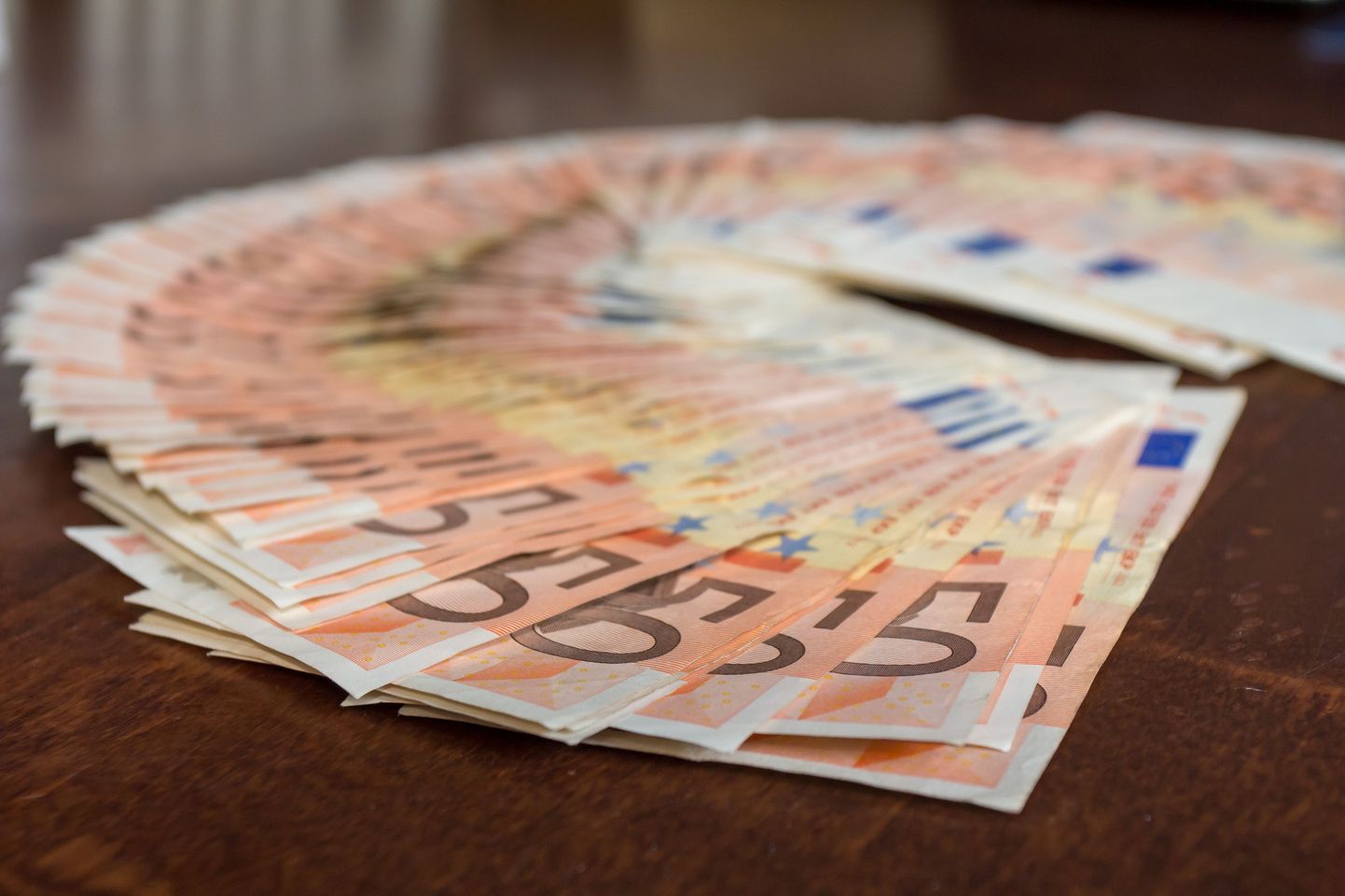
April saw finance ministry lower 2014 GDP growth forecast from 3.6 to 2 percent. According to what they released yesterday, it’s now down to mere 0.5. And, in risk-scenario, 0.3 is the number.

April saw finance ministry lower 2014 GDP growth forecast from 3.6 to 2 percent. According to what they released yesterday, it’s now down to mere 0.5. And, in risk-scenario, 0.3 is the number.
In the spring, finance ministry said they had no time to consider impact of Ukraine. Even afterwards they tried to joke about it and this time it was specifically underlined at the presentation of the forecast that while the main part of prognosis was compiled as at end of July, they have also considered the Russian food ban that hit in August.
Meanwhile, according to the ministry’s estimate, the impact of sanctions on Estonia will not be big. As stated at the presentation by fiscal policy department head Andrus Säälik, the Russian economy has been going down the hill for several years already.
«The fall of the value of the rouble, the shrinking of the Russians’ demand and purchasing power – that’s where one ought to look for impact on our economy. The impact of the sanctions is relatively low, but through a weakened Russian economy the impact on our economy has arrived long ago,» said Mr Säälik.
Mr Säälik said that just a couple of weeks ago they were expecting but zero growth for the economy in 2014, but raised expectations after Statistical Office revealed 2nd quarter growth to have been 2.2 percent.
«0.5 percent is also below expectations, but the situation is improving. The downward risks are still there, but the first half of the year has been strong and the year will not fall into recession,» he said.
As assessed by the ministry, the weakness of Estonian economy is indeed just the product of the downward corrections of our export partners’ growth outlook, wherefore demand for our industrial production stays low. Economic growth is first and foremost being supported by domestic consumption, and analysts say export is about to accelerate in the second half of the year.
Domestic consumption is upheld by the almost nonexistent price rise which, according to ministry’s estimate, only amounts to 0.3 percent this year, but speeds up to 1.9 and 2.5 in 2015 and 2016 respectively. Meanwhile, the forecast says average wage rise will this year slow to six percent, there to remain in the year to come.
Like in 2013, this year’s investments level will be modest and may turn into decline. Corporate investments are held back by the persistently low demand for their products, and the decrease of the CO2-quota financed projects in the governmental sector.
Slowly, home investments by the population are increasing in volume, thus supporting the housing market. The expected increase in foreign demand should again cause a marked rise in corporate investments in 2015.
Pursuant to the prognosis, this year’s governmental sector budget deficit will amount to 0.2 percent of GDP. The main culprit for the deficit is the central government, but the local governments are also predicted to be in the red.
Next year, the deficit will already grow to be 0.5 percent of GDP. The forecast says budget deficit arrives in 2016. Structurally, however, the budget position is rather good and in surplus by almost a percent.
By the end of this year, loan burden will shrink to 9.9 percent of GDP. As, according to the forecast, there is no need to assume new loans, in years to come the debt will continue to decrease.
Major expenditure items in 2015 state budget
1. Rise in child allowance (expenditure up by €73.2m). Child allowance for first and second child will be raised from €19.18 to €45 a month, and for every child that follows it goes from €76.72 to €100.
2. Rise in need-based child allowance (expenditure up by €4.8m–€7.3m). For one child families, the rise is from €9.59 to €45. With two or more children in the family, the rise is from €19.18 to €90.
3. Basic exemption rate rise by €10, from €144 to €154 (increase in expenditure €17m).